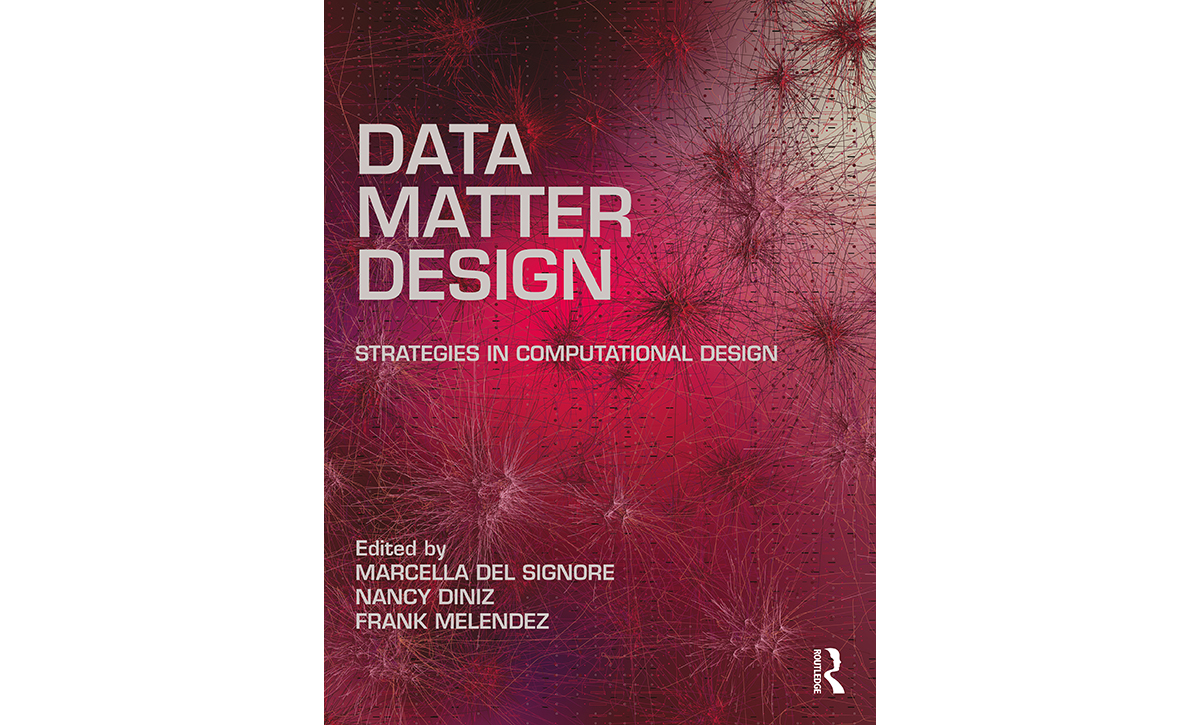The investigation ‘Mille-Oeille. An Architectural Response To Zoos’ Obsolescence in Post-Anthropocentric Times’ by Postdoctoral Research Fellow Rosana Rubio-Hernández in collaboration with Elena Pérez Guembe has been included in the book Data, Matter, Design. Strategies in Computational Design, edited by Frank Melendez, Nancy Diniz and Marcella Del Signore, and recently published by Routledge (Taylor & Francis Group) in New York. The publication is rated with level 3 at JUFO, the publication forum set by the Finnish scientific community to support the quality assessment of academic research.
From the chapter’s abstract:
Mille-Oeille acts as an architectural proposal that offers an alternative to the inherited old-fashioned notion of buildings and recreational parks based on animal captivity for “educational purposes.” At a greater scope, Mille-Oeille is also an invitation to rethink the basic principles of our interaction with both the human and the non-human on a planetary scale. As new forms of thinking and being in the world might require expression by other type of materialities, the Colored Liquid Crystal, a new material provisionally patented, expresses the qualities and potentials of new paradigms through this specific architectural case study. Mille-Oeille is a building that breathes, changes appearance, mutates, and transforms according to its surroundings and the amount of information it is fed with. Mille-Oeille receives images, data, and objects from scientific expeditions around the globe. Mille-Oeille as a living entity responds to the environmental conditions that it is exposed to.

